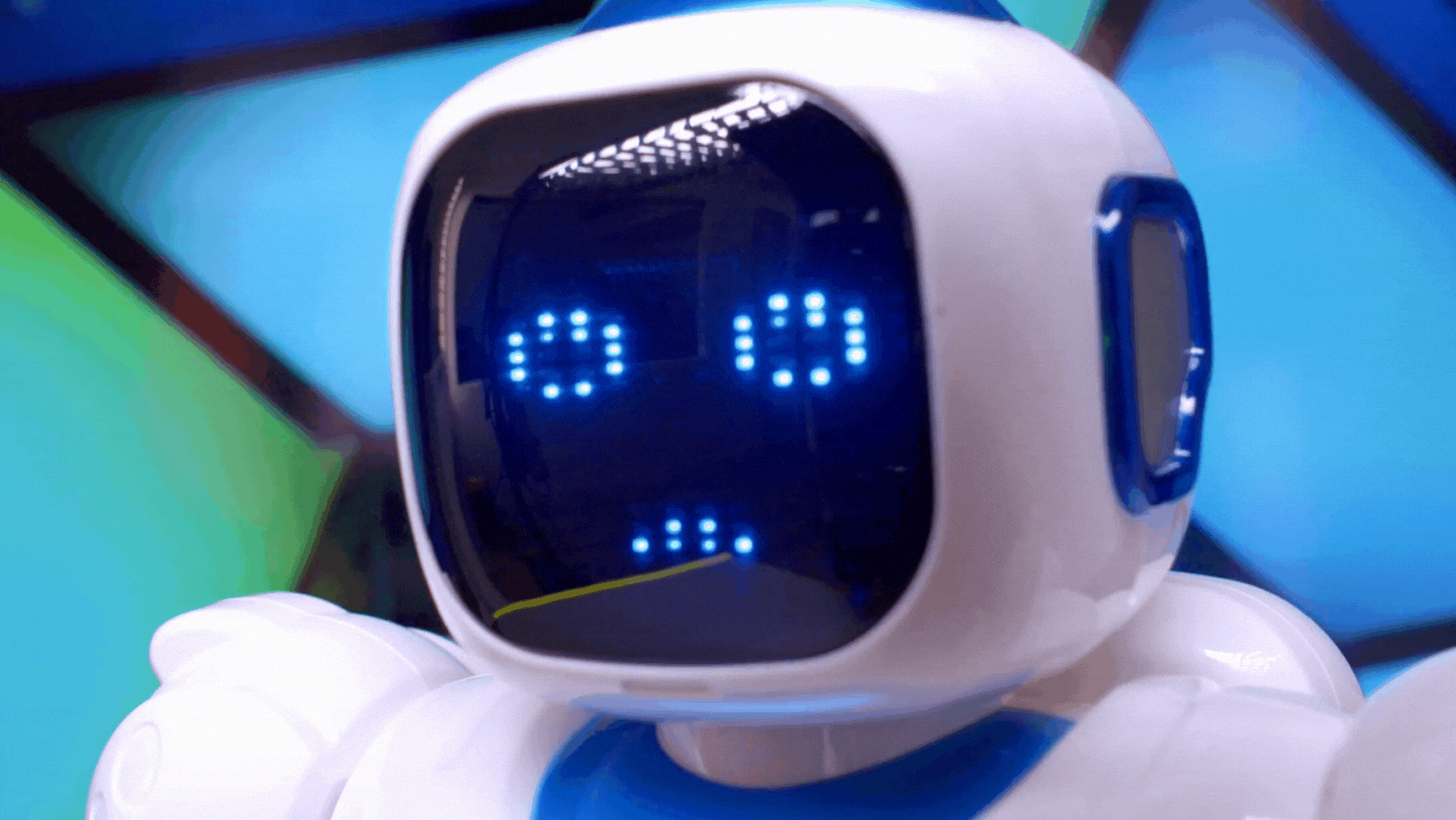The evolution of technology and design has been a thrilling journey, marked by unexpected twists and innovations. From the clunky green phosphor command prompts of the past to the sleek touchscreen smartphones of today, designers have continually reshaped our digital experiences. However, in recent years, there's been a sense that technological advancements have become somewhat predictable. That is, until the advent of artificial intelligence (AI). In this article, we explore the exciting and unpredictable world of AI in design, from generative AI booms to the evolution of chatbots and the profound impact of language as the definitive interface. Join us as we delve into the future of design in the age of AI, a world where creativity knows no bounds, and possibilities are as vast as the imagination.

The evolution of technology and design has been a thrilling journey, marked by unexpected twists and innovations. It began with the clunky green phosphor command prompts on computers, which later transformed into user-friendly Macs. Then came the era of touchscreen phones, paving the way for a vast array of versatile apps. But in recent years, there has been a sense that technological advancements have become somewhat predictable and, dare we say, boring. That is until the advent of artificial intelligence (AI).
The AI era is still in its infancy, and its potential impact on design is as unpredictable as it is exciting. Last year witnessed a generative AI boom, leaving our future shrouded in uncertainty, much like the cryptic responses from a Magic 8 Ball. Even experts gathered at the Fast Company Innovation Festival's "Design in the Age of AI" panel couldn't reach a consensus on where we are headed.
Catherine Courage, VP of knowledge UX at Google, expressed her boundless optimism about AI's potential. She sees AI revolutionizing fields like medicine, scientific research, and reducing the digital divide. Google's generative AI chatbot, Bard, is a testament to this evolving landscape, enabling tasks like searching Gmail and Docs based on user queries and even understanding images to suggest products effortlessly.
The consensus on the panel was that chatbots are here to stay and will continue to evolve, becoming more attuned to user intentions and emotions. Snap, for instance, is incorporating AI into its chat interface to enhance user communication and expression.
Jason Yuan, co-founder and chief design officer of New Computer, envisions a future where humans form deep relationships with their AI, extending beyond utility to include nuanced communication through tone of voice, posture, and gestures.
Throughout the conversation, the importance of language as the definitive interface for AI became evident. English may become the most-used programming language, democratizing technological development and fostering competition against tech giants.
Yet, as we strive to design the ultimate interface that understands our every need and emotion, we may inadvertently render traditional UX design obsolete. If we succeed in turning computing into human-like relationships with highly advanced AI, what will be left for designers to create? The AI era is still unfolding, and its impact on design remains a tantalizing mystery, one that promises to reshape our digital world in ways we can hardly fathom.
